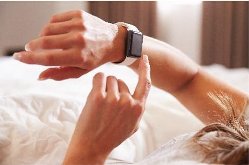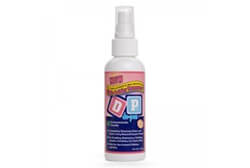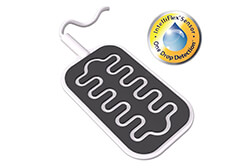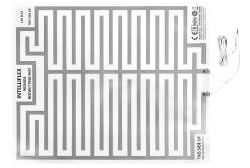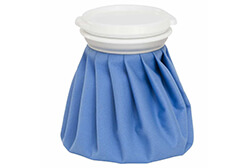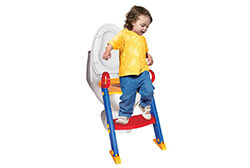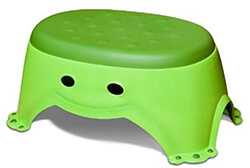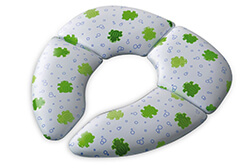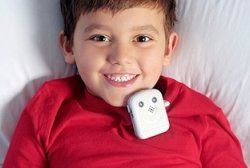
Instructions For Children Using A Bedwetting Alarm
Last Updated on February 17, 2023 by One Stop Bedwetting
Bedwetting or nocturnal enuresis is a common childhood problem, which effects 1 in 4 children. Although most children are toilet trained as they grow, still about 20% of 5-year-olds, 10% of 7-year-olds, and 5% of 10-year-olds wet the bed. Daytime urination is controlled as children become aware of their bladder filling. Nighttime bladder control usually takes longer and is not expected until a child is between four and six years old.
Bedwetting is not a serious medical condition, but it can be a challenging problem for children and parents. However, parents and children may worry about bedwetting since it is embarrassing and inconvenient. Medical problems including diabetes, urinary tract infection (UTI), pin worms, kidney failure, and sleep problems such as sleep apnea can be diagnosed easily.
When your child is five years or older and wets the bed more than two or three times in a week, consider using a Bedwetting Alarm. The alarm has a sensor which attaches to the child’s underwear and is connected to an alarm unit. The alarm is triggered by a single drop of moisture. It sounds a loud alarm or a vibration to the body and wakes the child to get up and urinate. This process slowly teaches the child’s brain to respond to messages from the bladder and to get up before they can start to wet the bed. When you buy a bedwetting alarm you need to consider few things like It should be comfortable, reliable, loud, easy to clean and most important thing is that it should be easy to set up a child and if your child is tall or big, the alarm wire should be long enough. You can get a large variety of the best bedwetting alarms at One Stop Bedwetting. You can buy wearable bedwetting alarms and bedside bedwetting alarms according to your child’s preference. Choose a bedwetting alarm which is right for your specific needs.
INSTRUCTIONS TO GIVE MY CHILD ON USING A BEDWETTING ALARM
- Tell your child that his or her bedwetting alarm can help stop bedwetting permanently when used properly. This can help them get up or sleep through without wetting during the night and urinate in the toilet rather than wetting the bed. It will only work if you listen for it carefully and get up before the alarm goes off.
- Practice using the bedwetting alarm few times before the actual use. Let them to put the alarm system by them self. Tell them to touch the sensor with a wet finger when it buzzes then practice going to the bathroom as they will do if it goes off during the night.
- Put a night light or flashlight near the bed so when they have to use the restroom in the night they can go quickly and easily and urinate into the toilet.
- Have your child practice waking up when they feel the pressure and Get up before it’s too late and run to the bathroom and empty their bladder.
- If they have wet patch on their underwear or pajamas, they need to change to the dry night wear and reconnect the alarm to avoid the next wet episode.
- In the morning, let your child use calendar for that day: dry , wet-spot or any wet accident if they had. This can boost their confidence when they have more dry nights.
- Use the bedwetting alarm every night until they go 15 days consecutive without wetting the bed. Let you child know It usually takes 6 to 8 weeks to stop bedwetting permanently.
- Most children do not wake-up to the alarm initially and will need your help. Assure them that you are there for when they need you and will assist them in waking up and helping them to go to the bathroom to void.








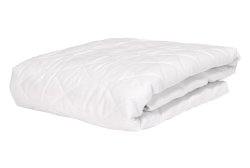 Our #1 Top SellerIdeal for Daily Use
Our #1 Top SellerIdeal for Daily Use Premium Quality BeddingSoft and Comfortable
Premium Quality BeddingSoft and Comfortable Premium Quality BeddingLarge Urine Absorption
Premium Quality BeddingLarge Urine Absorption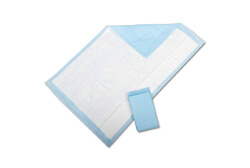 AFFORDABLE PRICECHANGE DAILY AS NEEDED
AFFORDABLE PRICECHANGE DAILY AS NEEDED
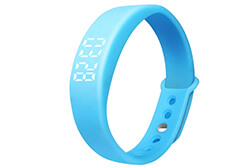 Sleek, Stylish and Affordable Watch
Sleek, Stylish and Affordable Watch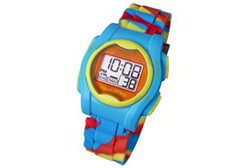 Multi-Function Watch with Numerous Features
Multi-Function Watch with Numerous Features Recommended watch for teens and adults
Recommended watch for teens and adults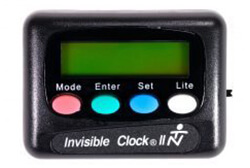 Perfect for medication and other reminders
Perfect for medication and other reminders